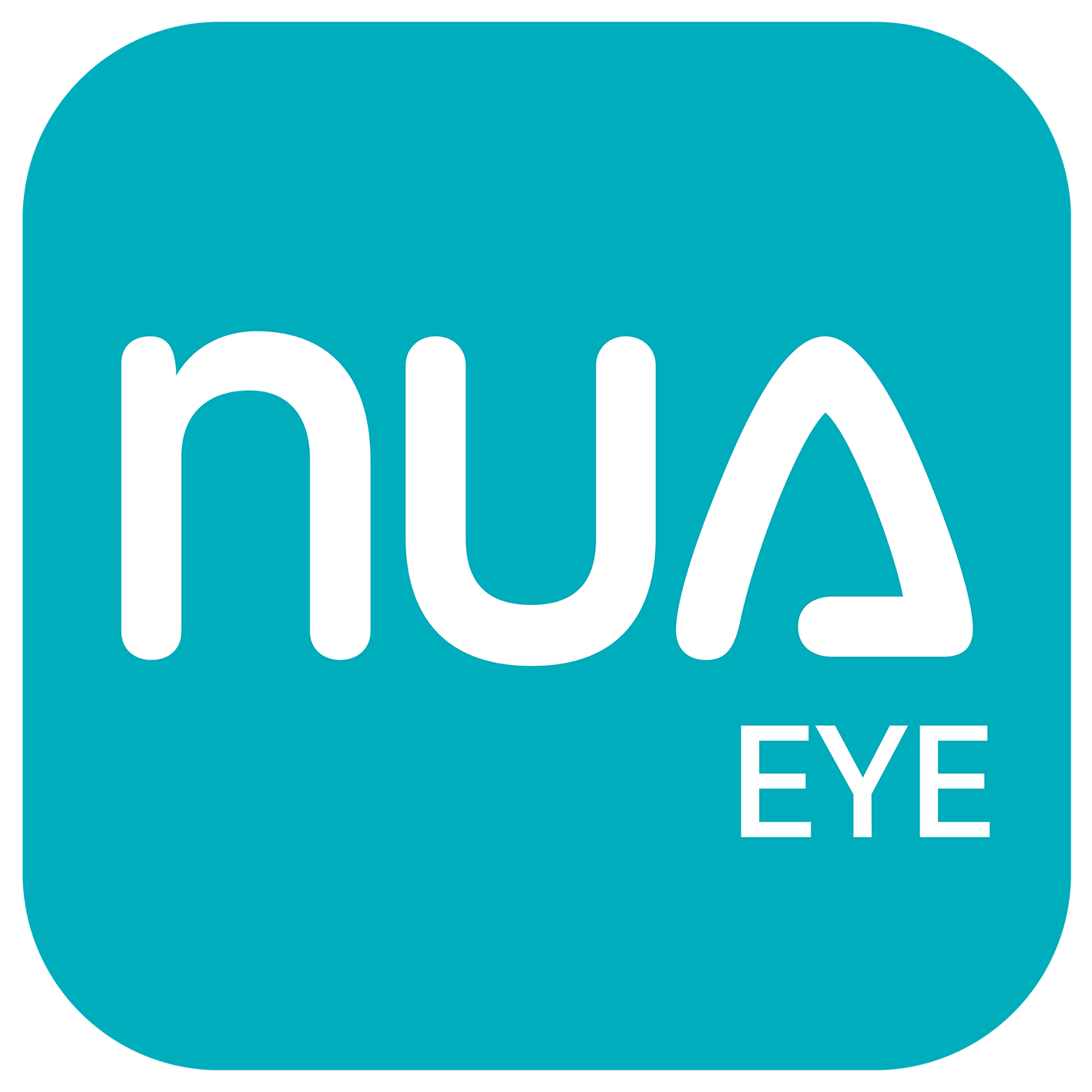When it’s a good idea to learn the crockery too…
In this article, we are going to highlight the advantages of teaching NUA the different pieces of crockery you use.
Learning the crockery will improve both speed and the accuracy of NUA. And the great thing is… you only need to do it once!
Let’s begin!
Typically, dish recognition systems powered by AI learn the dishes of the day and any beverages on sale. This is the common scenario at play. At NUA, we decided to go one step further and also teach the system the different crockery in use… plates, bowls etc. The task of learning the cutlery is part of the onboarding process and only needs to be done once. The typical business restaurant has between 4-8 different forms that need to be learned, very much dependent on the number of menu items being sold on any given day. So why bother learning the form and size of any given plate or bowl? The reasons are many… lets start with a simple one…
When should a portion of “Pommes frites” be treated as a garnish (component of the “Main Dish”) and when should it be treated as a single item? The differentiation is important - because a portion of “Pommes Frites” sold on its own has potentially a much higher price than when sold as a garnish.
Pommes frites as side serving and therefore part of the main dish - Currywurst & Pommes
NUA allows us to determine how to treat the portion of Pommes Frites by locating which plate on which the food is served and also what other food items (if any) are present on the same plate. In the picture above, it is clear to treat the Pommes frites as a garnish because they are sold on the same dish as the Curry Sausage.
Another reason to learn the crockery is for faster and more effective annotating of products. Many AI computer vision systems use bounding boxes to signify the area in which a product is to be found, i.e. anything inside the box is deemed the product. Another annotation method which is more accurate is to use a polygon instead of a rectangle - this way you draw exactly the location of the product with no background noise.
NUA EYE automates the annotation process by discovering the dishes underneath the camera. All you need to do is tell the system what product is being sold.



